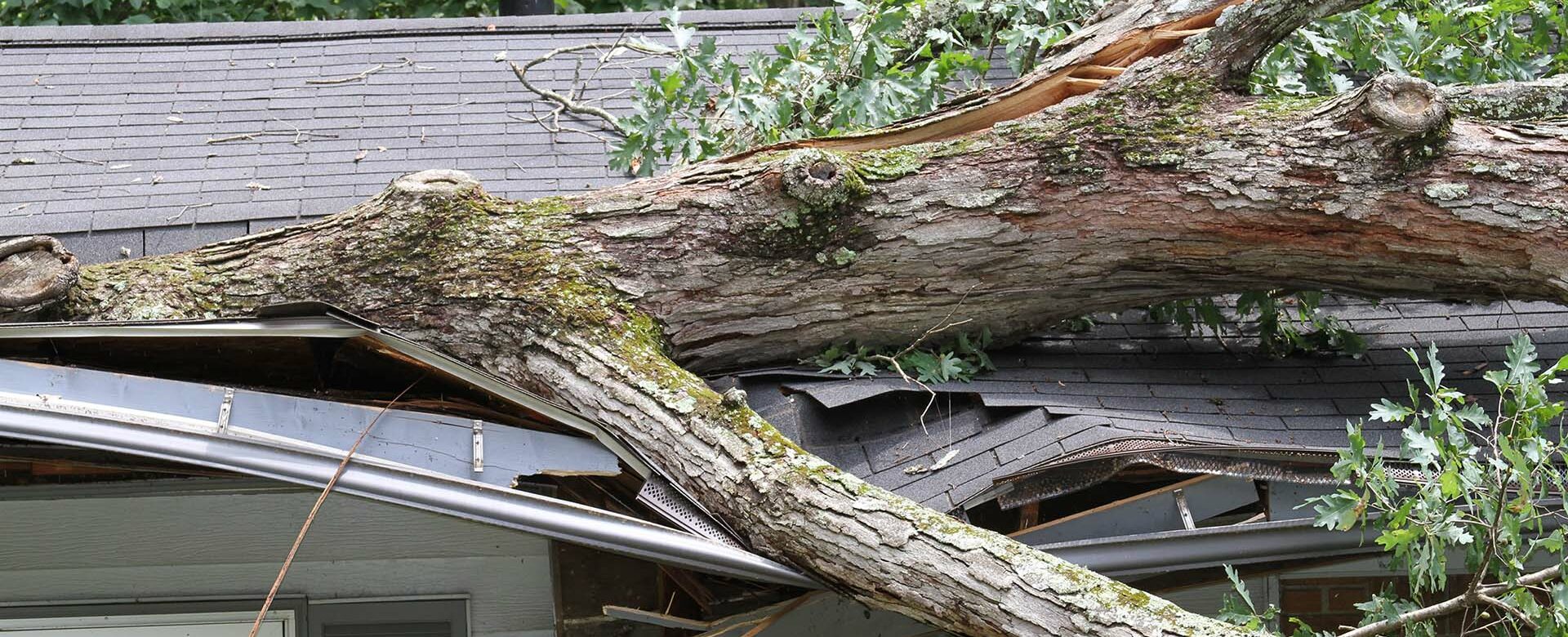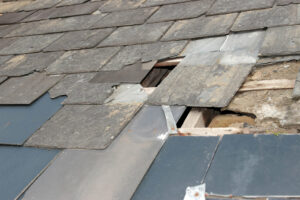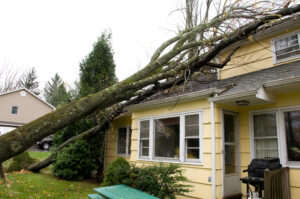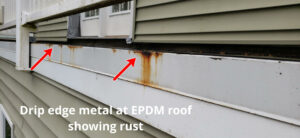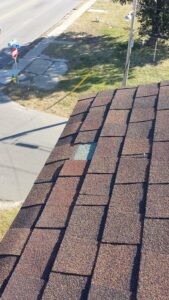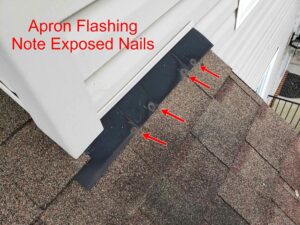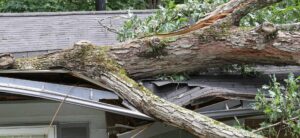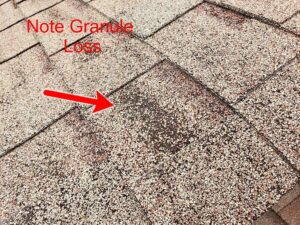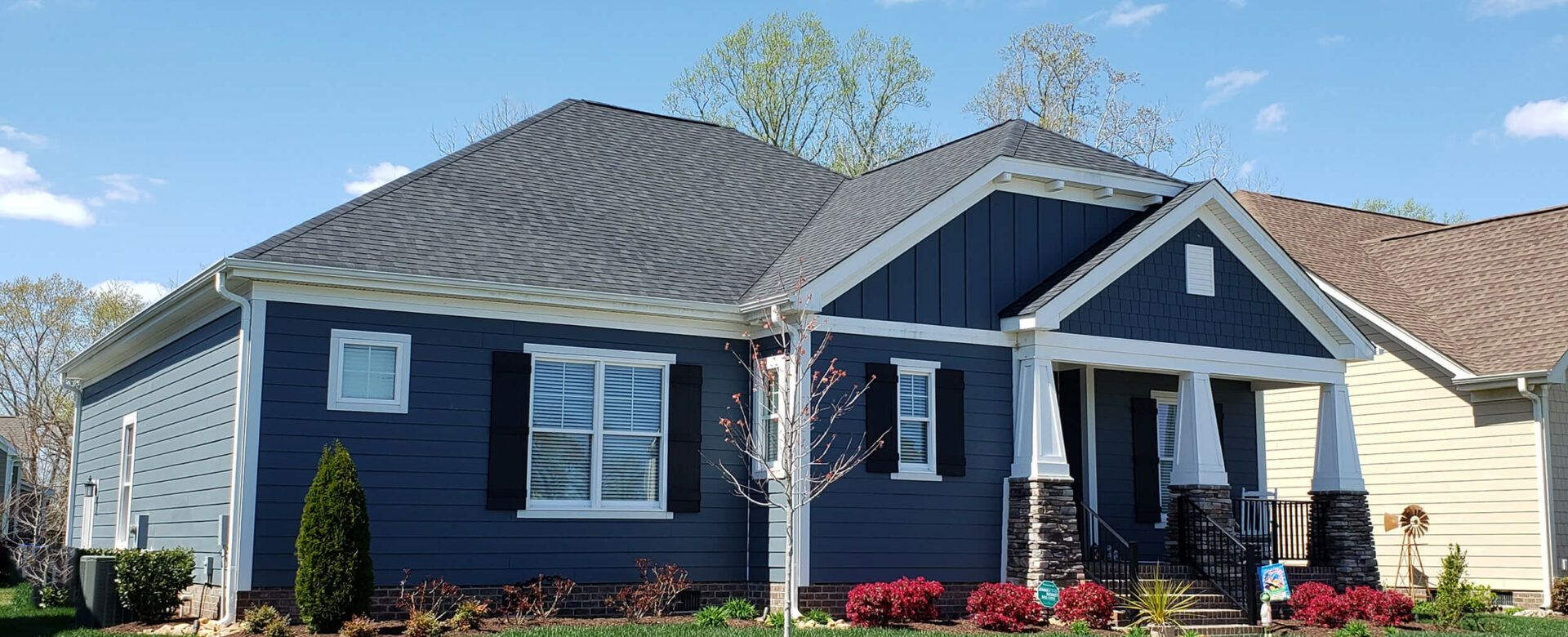When you see water spots on your ceiling or water starts trickling down a wall, it’s common to assume that the cause is a defect or damage to your roof. But just because water is coming from somewhere above you, doesn’t necessarily mean your roof is to blame. Unfortunately, there can be many reasons for water leaks, so before you panic and assume you need a whole new roof, investigate some of these other alternative sources.
HVAC Systems
If you have an air handler system that resides in your attic, take a look at this first. There are myriad reasons why an HVAC unit may be leaking, so don’t dismiss it if it’s not obvious at first glance. First, check your unit’s drain pan. This is a metal pan that collects water and filters it to a drain, removing it from the house. Over time, the exposure to moisture can cause drain pans to rust and degrade, allowing water to leak out of the unit.
Another common cause of HVAC leaks is a clogged condensation drain. Over time, as water flows through this drain line, mold and mildew can build up, causing backups of condensation. If this is the cause of the leak, you will need to have an HVAC professional snake the drain, remove the obstruction and clean the line. Leaks can also be caused by faulty drain pumps or low refrigerant. If your HVAC is older or hasn’t been functioning properly, give this a look first and if you spot any issues, call in an HVAC maintenance company to inspect and repair the unit.
Hot Water Heaters
In an area like Hampton Roads where basements are few and far between, it’s not uncommon for builders to put hot water heaters in an attic. Yes, it means it’s out of the way and isn’t a daily eye sore, but it can become a big problem when (not if) it springs a leak. Hot water heaters are not meant to last forever, and they will eventually fail in one way or another.
If you have a hot water heater in your attic and have detected water spots, mold or mildew on the ceiling or in corners, check it immediately. Even a very small leak can cause major damage to joists, ceilings, insulation, and personal belongings. A licensed plumber will need to be contacted to safely remove and reinstall a new hot water heater if this is the case. You may also want to discuss with them the possibility of moving the hot water heater to a better location or switching to a tankless hot water heater.
Mortar Leaks
Mortar leaks can still cause damage to interior walls and corners as well as foundations, basements and along the length of an interior wall. Mortar joints in cinder block, stone or brick walls can deteriorate over time, allowing water to penetrate either through paths left by mortar gaps or directly through the stone. If your home is older and is brick or stone, take a look around the exterior of your house and see if you can spot any damp spots or visible gaps or missing mortar – especially around the areas where you’ve seen water damage inside. If so, you should contact a licensed contractor or mason to do the necessary repairs before the interior damage becomes worse and causes structural and foundational issues.
Siding leaks
Likewise, if you see stains like the ones described above, but your home is sided with vinyl or aluminum, there could be a similar issue. Openings at the lap joints of vinyl siding, as well as drain openings along the bottom edge of most vinyl siding products, allow the system to breathe and drain off any wind-blown rain that may enter behind the siding. If the house wrap or door or window flashing behind the siding is not properly installed or has sustained damage, the water that should be draining can enter the structure instead. These types of leaks can be slow to show up on the interior and by the time they do, they may have caused extensive wood rot, mold, and insect damage. To avoid this, do regular visual inspections of your home’s siding, looking for any gaps between planks or holes that may have been caused by storm damage or animals.
Burst Pipes
Any plumbing that runs through your walls, ceilings or attic may be the cause of water damage you spot inside your home. Particularly if your home is older and has not had any plumbing material upgrades done to it, deterioration may be occurring. Since most plumbing is hidden away behind walls, many people first detect a plumbing leak by spikes in their water bill. If your bill is suddenly significantly more than usual, it may be time to start a visual inspection of the pipes you are able to see or listen for areas where you may hear trickling or dripping. This is particularly common when you have a bathroom upstairs – toilets, sinks and bathtubs can easily spring slow leaks that over time create large, ugly water stains on the ceiling below. If this is the case, call in a professional plumber as soon as possible to fix the issue.
Window leaks
Old windows or improperly installed windows are common sources of leaks. If the casing around a window has rotted or was installed incorrectly, rainstorms can easily penetrate the exterior of your home. Often you will be able to see water coming in from the window casing, but other times the water collects between the wall and drywall, creating damp spots, mold and mildew. This can mimic the siding and mortar leaks we discussed above, so if you’re not sure what the cause is, call in a licensed contractor to help you determine the best way forward.
Gutters and fascia
Fascia is technically a part of your roof that covers the eaves above your gutter system. However, leaks in these areas are not always caused by the roof itself, but by clogged gutters. When a gutter system is full of debris, water can’t drain properly and will build up, pushing up against the fascia and causing rot. Over time this rot can allow that water buildup into the house, causing leaks that look very much like a true roof leak, with water coming down the sides of the wall or causing wet spots in corners. To avoid this, have your gutters cleaned regularly and the fascia board inspected and replaced if any rot has occurred.
If you investigate these other potential causes and still can’t find the source of the leak, it may be time to call in a qualified roofing professional. At Andrews Roofing, we provide roof inspections and repairs for all types of commercial and residential structures and on any type of roofing material. Don’t let a leak cause additional costly damage to your home. Contact us today.

